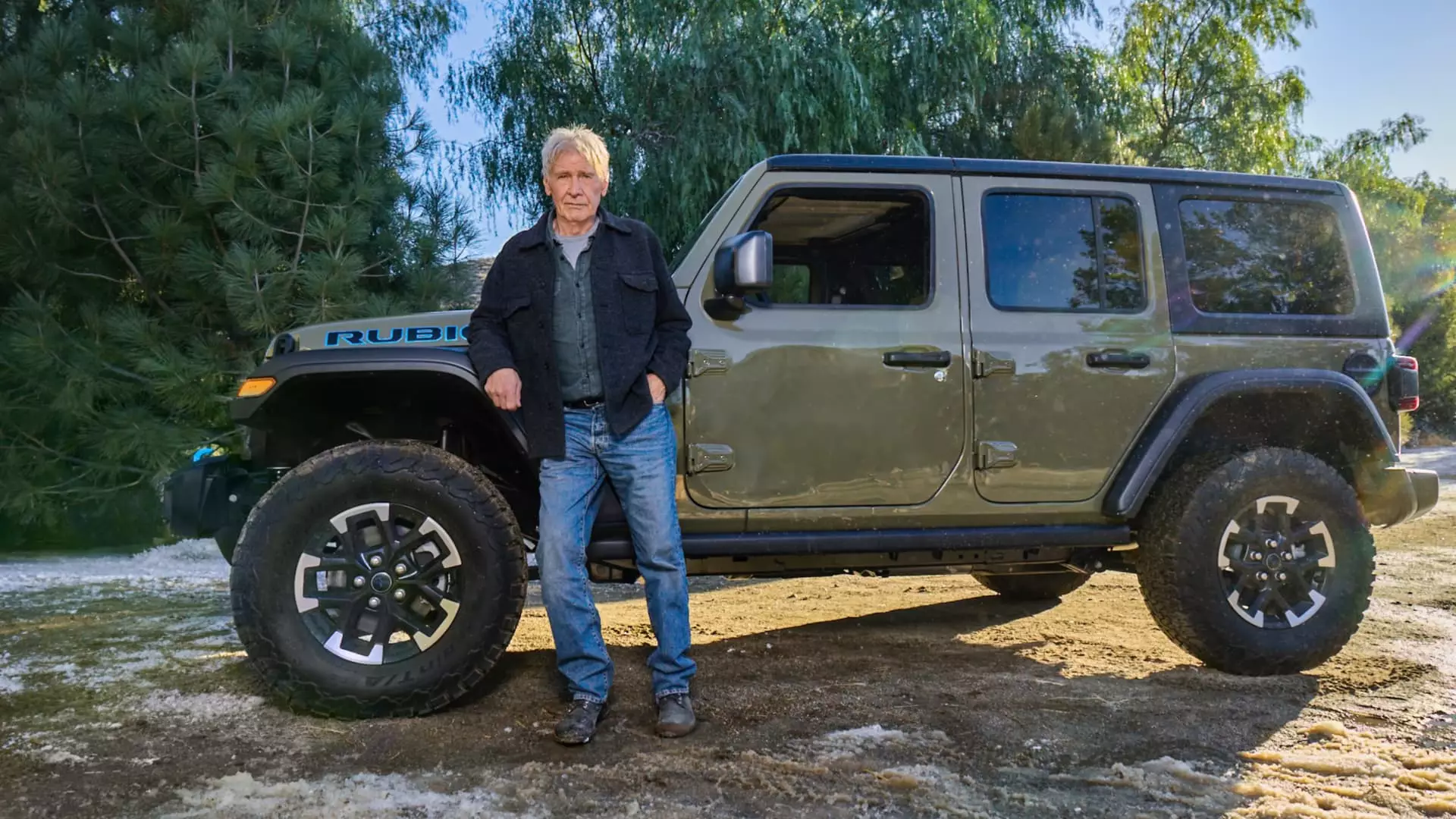In a landscape fraught with unpredictability, Stellantis has carved out a niche for itself as the sole automaker to secure a commercial spot during Super Bowl 59. This occurred amidst a backdrop of executive turnover and industry-wide anxieties prompted by rising costs and uncertainty regarding the electric vehicle (EV) revolution. The decision to make a cinematic return to America’s biggest sporting event wasn’t made lightly; it was both a gamble and a statement of intent, championed by the company’s Chief Marketing Officer, Olivier Francois.
The Catalyst Behind the Super Bowl Commercial
The momentum for this decision cites a phone call from Stellantis Chairman John Elkann, immediately following the surprising exit of CEO Carlos Tavares in December 2022. Elkann expressed a fervent need for the company to showcase its reinvigorated commitment to the U.S. market. As Francois relayed, this call was not merely a request for an advertisement; it was a call to arms. “I want something,” Elkann insisted, signaling a shift toward recovery following a series of underwhelming sales figures.
This conversation underscores a crucial turning point for Stellantis. The company, which emerged from the merger of Fiat Chrysler Automobiles and PSA Group, was keen to establish its brand narrative amid the fierce competition and turmoil in the automotive sector. The time had come to rewrite its story—a story that needed to resonate not just with prospective customers but also to reaffirm its commitment to its roots and the American market.
Francois’ approach to Stellantis’ advertising campaigns has departed from traditional auto marketing, favoring a storytelling ethos. His previous Super Bowl spots, featuring heavyweights like Eminem and Clint Eastwood, aimed to connect on a deeply emotional level, using cultural narratives rather than straightforward sales pitches. This strategy seems not only innovative but also pivotal in a market that is increasingly wary of hyper-commercialization.
This year’s advertisements continued this trend, although with a comedic twist for Ram and a dramatic flourish for Jeep. The Ram Trucks commercial starred actor Glen Powell, reimagining the story of “Goldilocks and the Three Bears” in a vehicle-centered narrative, while the Jeep spot starred none other than Harrison Ford, imbibing a sense of introspection and adventure. Ford’s engagement with the script adds a level of authenticity, especially considering his iconic status in American cinema.
It’s noteworthy that Elkann’s inspiration from the late Sergio Marchionne, a figure known for his unapologetically bold strategies, encapsulated the essence of Stellantis’ need for recovery. Marchionne’s philosophy centered on daring to take risks, and Francois seems to have embraced this philosophy while crafting the Super Bowl message. “Mediocrity is not worth the trip,” Marchionne once said, a mantra that appears to echo through Stellantis’ current marketing endeavors as the company seeks to regain its footing in a rapidly evolving marketplace.
Ford’s messages of self-empowerment and authenticity, embodied in the Jeep commercial, served not only to promote the vehicle but also championed a sense of personal freedom. His ability to tie the message into broader themes—family, work, and happiness—exemplifies a marketing trend that strives to resonate beyond the surface level.
The State of the Automotive Industry and the EV Conundrum
Francois placed the advertising strategy within a wider context of an automotive industry grappling with significant changes. The shift toward electric vehicles has forced companies to adapt rapidly; however, many attempts to sell EVs before they were ready led to disillusionment among consumers. The fact that Stellantis focused on a balanced narrative showcasing both traditional and electric vehicles allowed them to sidestep the frantic missteps that many competitors had taken.
His observations about the industry’s state, where many automakers are chasing EV trends—as if “running like headless chickens”—highlight the challenges inherent in the industry’s transition. In a world where every car manufacturer pushes for the green revolution, Stellantis emerged with a unique voice, suggesting confidence amid uncertainty.
Stellantis’ presence at Super Bowl 59 reflects more than just a marketing opportunity; it’s a testament to resilience, a brand that is making a calculated return to center stage in the American automotive landscape. By revisiting their roots and fostering a narrative that combines emotion, humor, and authenticity, they are not just selling vehicles—they are cultivating relationships with consumers.
In navigating the complexities of reestablishing its U.S. identity while also addressing the EV evolution, Stellantis is telling America that it is back and ready to embrace the future. With a blend of nostalgia and innovation, the company is not merely focused on recovering lost ground but is actively rewriting its narrative for a promising road ahead.

